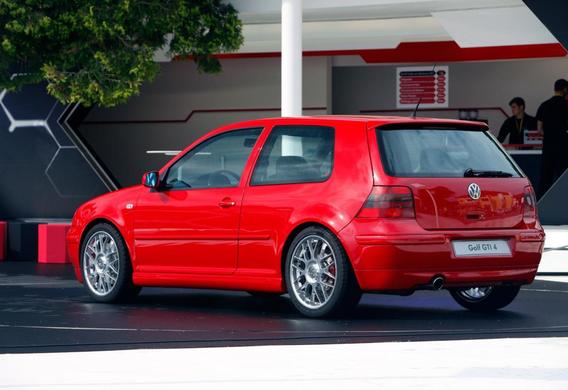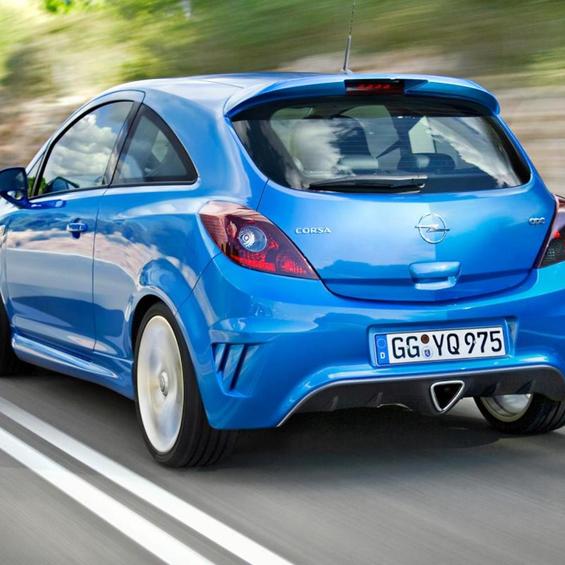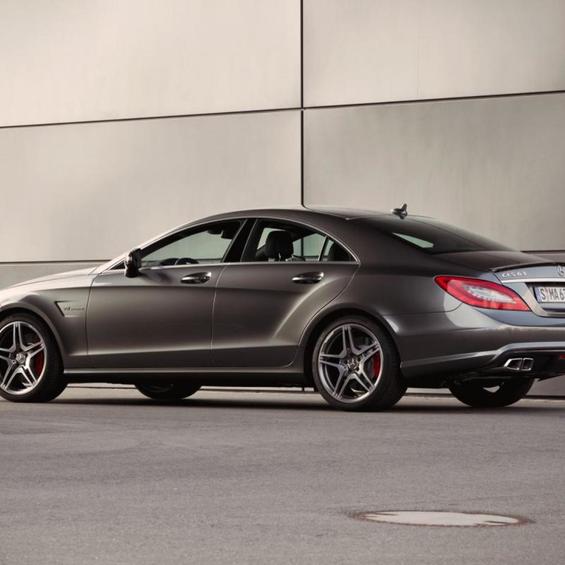
The cars of the hatchback in the modern world are practically inferior to classic sedans and family universals.
This type of bodywork got its name from the English word catch and back, which is literally translated as "the rear hatch". Actually, this is the main difference of this body from the sedan-the boot door leads directly into the passenger compartment, while the sedan is structurally separated from the passenger space of the car. That is to say, hatchback has a "third" or "fifth" door. In addition, the hatchback has a shorter backset-it is different from the station wagon, the size of the trunk of which is considerably larger.
Hatchback may have both traditional two-seat chairs and one. It should be noted, however, that if the body of a hatchback has the same length as the same model in the sedan, and its rear rack has a tilt, it will be correctly called "Liftbeek", although practice shows that manufacturers rarely use the term in order not to confuse their customers and assign it to hatchback.
Hatchbek has several significant advantages over the station wagon, especially in a large city. It is much more maneuverable because of the absence of a long tailback, and the baggage-based belief in size is not inferior to that of the station wagon, which makes loading and unloading much easier. And the volume of the boot can be increased by folding rear seats. However, the hutch is in some respects inferior to the sedan. For example, the hatchback salon is more difficult to progress-it takes longer. Hatchback can be distinguished from a roll of a roof line-but it is an early tradition from which car makers are increasingly being removed.
The hatchback market is initially positioned as a family car. Although more manufacturers have recently been betting on "hatchback with spores" in recent years. Such vehicles are often referred to as hot hwatch, and the term "hotch" came from the European car press. Examples are set: Opel Corsa OPC, Renualt Megane RS and Clio Sport, Ford Fiesta ST, and some twenty other modern models. These vehicles are equipped with powerful, often turbo motors and add sports equipment, and the suspension is more stringent. This car is no longer a family car.

Other varieties of hatchback are worth noting. Thus, the above mentioned "Liftbeek". This is a fairly rare type of body, and its identification of varieties of khatchbek is very conventionally, and it is the subject of discussion. Its peculiarity is that it has a "rising back"-if translated verbatim. In fact, the Loftbeck has a slightly longer rear derek than a hatchet, but not as big as a sedan or a station wagon. The back of the roof has a sloping shape, but samples with a step element are also encountered. Liftbeck is an intermediate between the sedan and the hatchback.
This is also the case with the "phastabek"-cars with the bodywork also have a rolling back part of the roof. That is the determining factor. So, in general, beans can be called a hatchback and a sedan is a typical example, Mercedes-Benz CLS. Manufacturers also prefer not to confuse their customers with terms. However, this symbol is popular among collectors of retri-motor vehicles.

History of appearance
It is possible to argue infinitely about which car first appeared in the back of the hatchback. For example, did the hatchke "bug" or "Mini"?
However, the most popular opinion is the 1960s, when in 1966, the "Car of the Year in Europe" was named Renault 16 in the back of the hatchback. He wouldn't be the first, but that's where the fashion of that car started. Already after models such as Saab 99, VW Passat and others appeared. Vehicles with this type of bodywork appeared with the development of the van as a whole. Thus, the wheel drive has enabled automakers to experiment and shorten the front and rear overhang.







